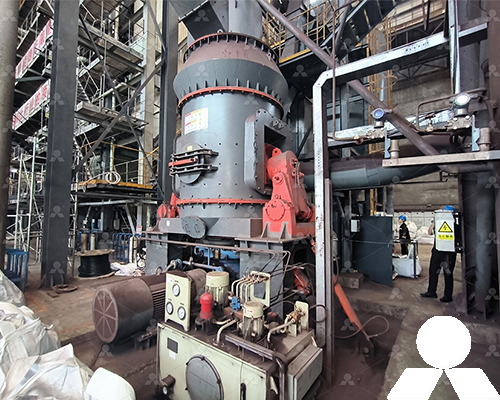Fly ash grinding techniques specification of vrm
Vertical Roller Mills (VRM) have become a pivotal piece of equipment in the processing of fly ash, a by-product of coal combustion in power plants. The efficient grinding of fly ash is crucial for its utilization in various industries, including cement manufacturing, concrete production, and as a filler in various industrial applications.

Firstly, it is essential to understand the physical and chemical properties of fly ash. Its composition, particle size distribution, and moisture content greatly influence the grinding process. The selection of an appropriate VRM model, with its specific grinding chamber design, roller configuration, and classification system, is vital to achieve the desired particle size and fineness.
The grinding process in a VRM involves the reduction of particle size through compression and shear forces exerted by the rotating rollers on the material bed. The rollers are precisely adjusted to maintain a uniform grinding pressure, ensuring consistent grinding results. The classification system, typically a dynamic separator, separates the ground material into different particle size fractions, allowing for precise control over the final product quality.
During the grinding process, it is crucial to maintain a stable feed rate and material flow to avoid overloading the mill and ensure continuous and efficient operation. The mill’s internal temperature and humidity must also be carefully monitored and controlled to prevent material degradation or agglomeration.
Regular maintenance and inspection of the VRM are essential to ensure its long-term performance and reliability. This includes checking the wear of the rollers and grinding table, replacing worn-out parts, and cleaning the mill to remove any accumulated dust or residue.
Furthermore, the environmental impact of fly ash grinding should also be taken into consideration. Effective dust collection systems and emission controls must be implemented to minimize airborne particle emissions and protect worker health.
In conclusion, the successful grinding of fly ash using VRMs requires a comprehensive understanding of the material’s properties, careful selection of mill equipment, precise control of the grinding process, and regular maintenance. By adhering to these technical norms and best practices, fly ash can be efficiently processed into a valuable resource for various industrial applications.









